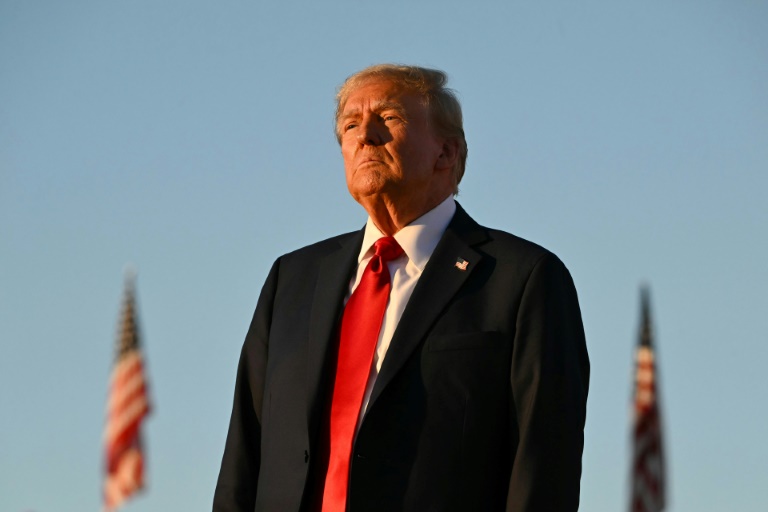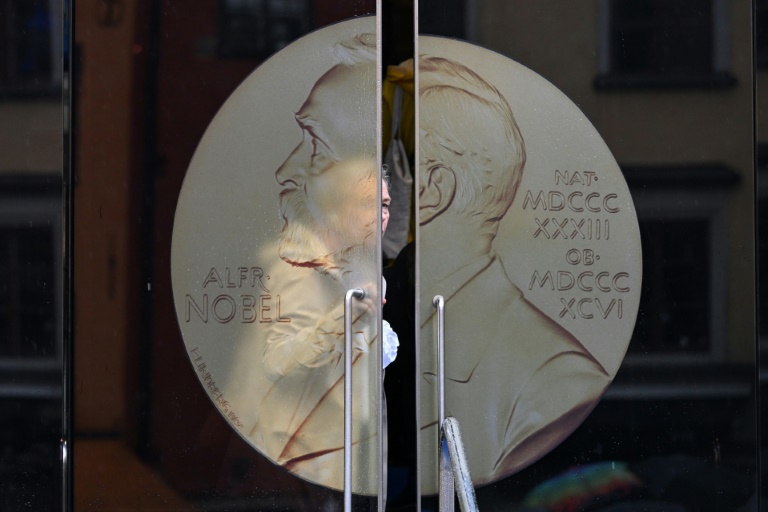SINGAPORE is set to buck the global easing trend and keep its policy bearings on hold as officials use the strength of the currency to tackle still-exorbitant living costs.
The Monetary Authority of Singapore (MAS) is expected to keep the slope, centre and width of its currency band steady, though policymakers may strike a dovish tone to pave the way for a shift in stance next year when price pressures abate. All but three economists in a Bloomberg survey see no change to policy on Monday (Oct 14). United Overseas Bank is one of the handful of analysts who expect an early pivot to easing.
While central banks in the US, Europe and parts of Asia have begun cutting interest rates as inflation drops from its post-pandemic peaks, the deceleration in consumer prices has slowed in Singapore, which imports the lion’s share of basic goods. The MAS uses the exchange rate rather than interest rates to control price growth, guiding the local dollar against a basket of currencies to crimp the cost of imports.
“The conditions are not in place for monetary policy easing just yet,” with services inflation still high, said Khoon Goh, head of Asia research at ANZ Group Holdings. “The earliest that we see the MAS easing is in January 2025.”
Singapore is one of four major monetary authorities in Asia-Pacific announcing policy decisions in short succession. New Zealand stepped up the pace of easing this week, while India opened the door to its first interest rate cut in four years. The Bank of Korea is also widely expected to cut rates.
The MAS’s parameters for the Singapore dollar’s nominal effective exchange rate, or S$NEER, have been unchanged for the past year.
BT in your inbox
Start and end each day with the latest news stories and analyses delivered straight to your inbox.
Yet factors from the price of oil to central banks in Frankfurt, Beijing and Washington lowering borrowing costs, and the upcoming US Presidential election have implications for Singapore’s growth and the performance of its currency.
The Federal Reserve’s 50-basis point interest rate cut in September drove the Singapore dollar to a decade high against the greenback. Malayan Banking considers the current pace of S$NEER appreciation, which it assumes at 1.5 per cent, to be supportive of the Singapore dollar against the greenback.
“Since markets are counting down to November with US elections, whose outcome may impact trade tariffs for China and other economies, the geopolitical outlook may also exert some influence on near-term uncertainties,” said Selena Ling, chief economist at OCBC.
Having stressed the importance of a strong local dollar in his National Day address in August, Prime Minister Lawrence Wong said in an Oct 2 video message he expected inflation to ease further in coming months, thanks in part to initiatives to curb the cost of living for low-income citizens.
While the core inflation rate, which excludes housing and private transportation costs, fell to its lowest since 2022 in July, it accelerated to 2.7 per cent in August, suggesting that price pressures remain sticky.
“We expect inflation to continue easing to the lower levels that we saw before Covid,” Wong said, echoing the MAS’s July forecast for a discernible drop in core inflation in the fourth quarter and into 2025. “The outlook is favourable.”
Data due alongside the policy decision is likely to show that Singapore’s growth picked up in the third quarter, helped by household spending and exports. Economists at Goldman Sachs expect the MAS to retain its forecast for growth of 2 to 3 per cent for this year.
The MAS does not have an explicit inflation target, though it has concluded that a core inflation rate of just under 2 per cent on average “is consistent with overall price stability in the economy”.
“We expect MAS to stay on a wait and see mode, especially ahead of the US election,” though officials may forecast a drop in core inflation to below 2 per cent for next year, said Kai Wei Ang, Asean economist at Bank of America. BLOOMBERG







